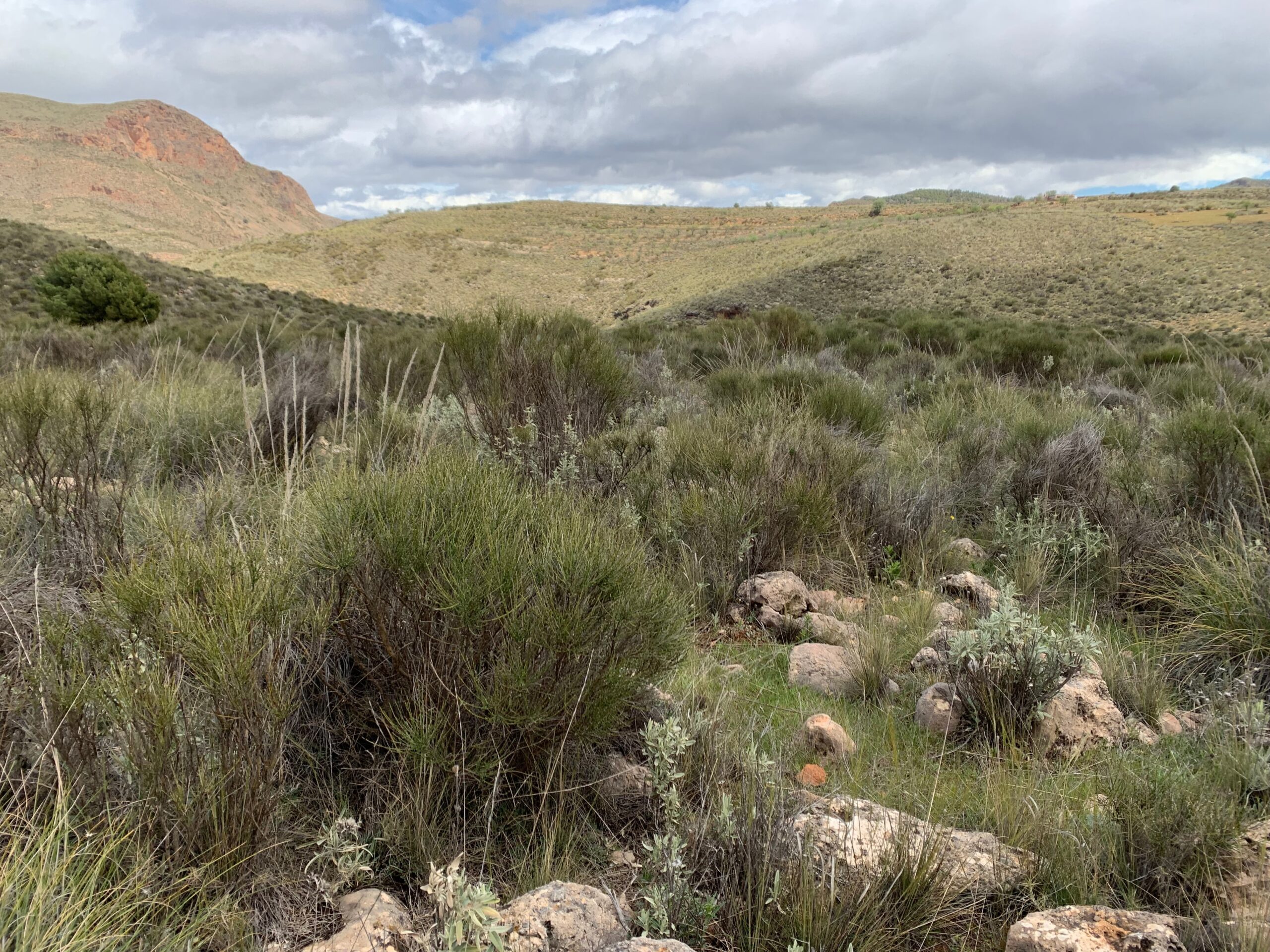An international study published in Nature has shown that human activities have a greater impact on plant biodiversity than previously thought, thanks to the analysis of so-called dark or missing diversity—native species that could live in a given place but are absent. This new way of measuring biodiversity allows for the detection of effects that traditional methods did not reveal.
Coordinated by the University of Tartu (Estonia) through the collaborative network DarkDivNet, the work involved over 200 researchers across 5,500 locations in 119 regions around the world. These included several areas in Spain, with significant participation from CSIC through various institutes. From IRNAS-CSIC, researcher Miriam Muñoz Rojas, member of the BioFunLab, along with Raúl Román (University of Almería), contributed by conducting surveys in Sierra de Gádor, a Special Area of Conservation within the Natura 2000 Network in the province of Almería.
The study’s results show that ecosystems with low human pressure host more than a third of their potential species, while in highly impacted areas barely one in five is present. Additionally, it was observed that the Human Footprint Index—which measures factors such as population density, infrastructure, and land use—affects even protected ecosystems or those located hundreds of kilometres away.
The study supports the global target of protecting at least 30% of the planet by showing that preserving large intact areas mitigates the human impact on regional biodiversity. It also highlights the importance of maintaining and enhancing ecosystem health beyond just nature reserves. The concept of dark diversity is key to effectively monitoring biodiversity in the context of ecosystem conservation and restoration.
Reference:
Pärtel et al. Global impoverishment of natural vegetation revealed by dark diversity, Nature (2025).

Photo: Sierra de Gádor (Miriam Muñoz Rojas)
